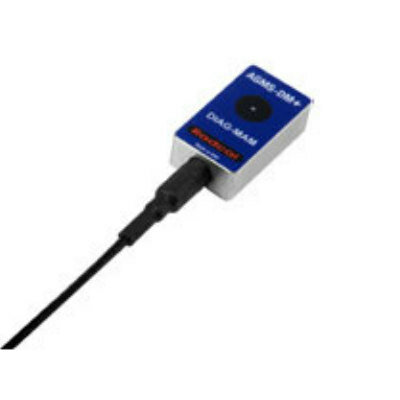Cardiac CT Technique Considerably Reduces Patient Exposure to Radiation
By MedImaging staff writers
Posted on 12 May 2008
A new cardiac imaging technique, prospective gated 64-channel cardiac computed tomography (CT), has a significantly lower radiation dose, and it produces CT coronary angiograms with better image quality when compared with the conventional retrospective electrocardiogram (ECG) gating. Posted on 12 May 2008
"Standard retrospective gated cardiac CT uses continual scanner table motion and spiral acquisition with overlap of the radiation beam on each spiral--so each piece of tissue gets scanned four or five times. Retrospective gated CT scans with a broader beam and only one rotation per table location; the table is not moving during scanning and each piece of tissue gets scanned only once. Rather, the table moves every other heartbeat, when the radiation beam is turned off,” said William Shuman, M.D., from the University of Washington (Redmond, WA, USA), and lead author of the study. "With retrospective gating, the X-ray beam is on all throughout the entire scan. With prospective gating, the beam is on for only 25% of the scan--like a snapshot,” he said.
The researchers compared 50 CT coronary angiograms using both the new prospective gated 64-channel cardiac CT and standard retrospective ECG gating in patients matched for body size, heart rate, diagnosis, age, and sex. The researchers noted image quality and evaluated patient radiation dose.
"We image the coronary arteries in segments, said Dr. Shuman. "Of the 621 segments we viewed on prospective gated 64-channel cardiac CT, we rated 70% as excellent, 29% as good, and 1% as adequate. On retrospective ECG, 632 segments were rated with 54% noted as excellent, 36% as good, and 10% as adequate. Radiation dose for the prospective gated CT exams was 76% lower than the standard retrospective technique. While cardiac CT technology has made the easy imaging of the coronary arteries possible in only five seconds and without catheters, there is substantial radiation involved with the usual retrospective CT technique. This new prospective technique results in the same image quality but with a 76% lower radiation dose. This means cardiac CT may be a reasonable test in more patients to find coronary artery plaque or congenital heart disease,” he said.
The full results of this study were presented April 16, 2008 during the American Roentgen Ray Society's annual meeting in Washington, DC, USA.
"With this new technique, very useful information about a patient's heart and coronary arteries is quickly available with much less radiation,” concluded Dr. Shuman.
Related Links:
University of Washington














